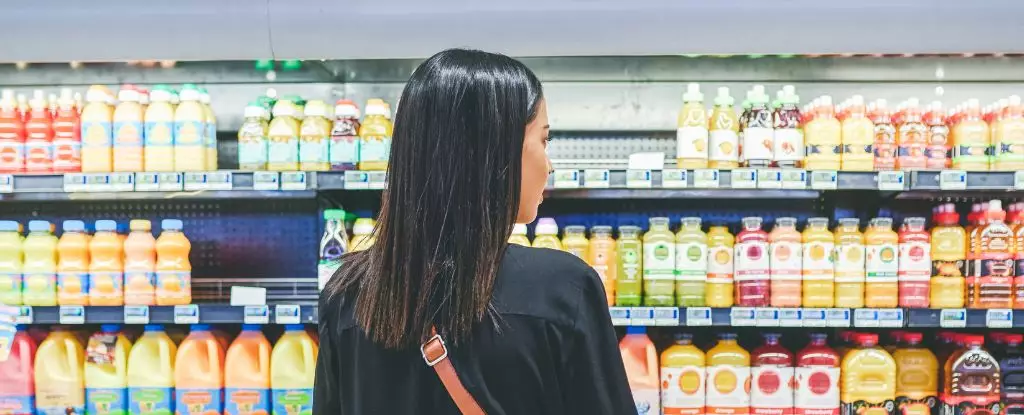A recent study from France’s food safety agency (ANSES) unveiled a shocking reality: drinks packaged in glass bottles harbor more microplastics than their counterparts in plastic and metal containers. This revelation shakes the already fragile ground of consumer confidence in health and safety. The presence of microplastics in our environment—from the air we breathe to the food we consume—has become common knowledge, yet the implications of this study present an urgent need for concern and immediate action.
While there is currently no direct evidence tying these minute plastic particles to adverse health outcomes, the accumulation of research in this burgeoning field signals a potential crisis. People need to grasp the importance of understanding the complexities surrounding microplastics, especially as they permeate our everyday lives, often coming from the vessels designed to store what we consume.
The Research Findings: Glass Bottles Under the Microscope
The inquiry led by ANSES has raised eyebrows across the board. Lead researchers found that beverages packaged in glass bottles averaged an astounding count of around 100 microplastic particles per liter. This is notably five to fifty times greater than those detected in plastic bottles or metal cans. The study’s lead investigator, Guillaume Duflos, expressed surprise at these results, given the prevailing belief that glass would be the superior choice in minimizing plastic contamination.
Iseline Chaib, a PhD student involved in the investigation, uncovered a crucial detail: the microplastics matched the color, shape, and chemical composition of the paint used on the caps sealing the glass bottles. This suggests a direct link between the bottle caps and the alarming levels of contamination detected in the liquids themselves. Scratches on the caps—though invisible—may contribute to the shedding of these microplastic particles into the beverages. If we want to consider ourselves informed consumers in a society that prides itself on safety and transparency, we must reckon with the unsettling fact that our choices are not as innocent as they appear.
Macro Trends: A Call for Greater Accountability
The implications of this study extend beyond mere numbers; they signal a pressing demand for accountability within the beverage industry. How is it that products meant for human consumption can leave us unwittingly exposed to such harmful contaminants? It is incumbent upon drink manufacturers to explore ways to mitigate this issue. ANSES posited that simple solutions—like cleaning the caps with air, water, and alcohol—can reduce contamination levels by up to 60%. If such an easy fix is viable, why haven’t companies already implemented it?
The collective inertia surrounding microplastics reflects a broader societal indifference toward the implications of plastic pollution. While discussions around environmental impact grow louder, the voices advocating for public health and safety often remain drowned out. Addressing the microplastic crisis requires a paradigm shift in how we perceive not only our consumption habits but also the transparency of the companies we support.
Redefining Choices: Impacts on Daily Life
As consumers, we wield significant power, yet we often feel paralyzed by the overwhelming volume of information flooding our consciousness. The revelation regarding microplastics demands a sober reflection on our daily choices. Despite glass’s reputation as “safer” for the planet and human health, this study exposes that not all glass is created equal. The next time we reach for a drink, we must remain vigilant and informed, scrutinizing every aspect of its packaging.
The inherent contradiction in believing that glass is a “better” choice while also contributing to potential contamination raises concerns about authenticity in marketing. Are we being sold products that align with our values, or are we being misled under the guise of health and sustainability? The shocking results of this study should serve as a catalyst for change, compelling us to question not just product ingredients but also the fundamental integrity behind their packaging.
In the end, the insidious infiltration of microplastics should inspire a grassroots movement for stricter regulations, innovative solutions in packaging, and ultimately, a call for health equity in consumer choices. The time has come to push for more than convenience; it’s time to demand transparency and responsibility from those who package our daily sustenance.


Leave a Reply